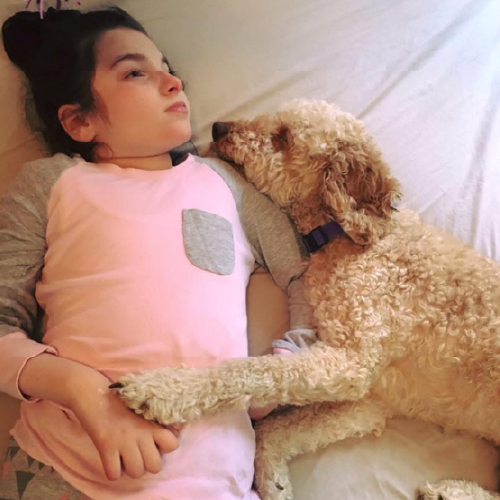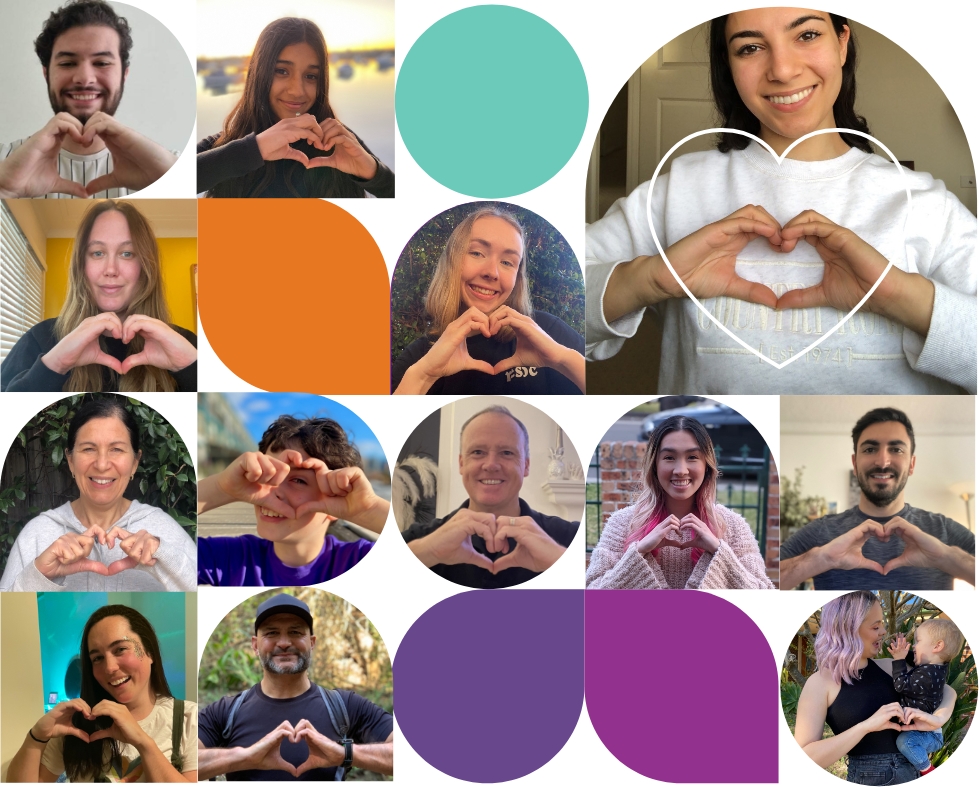It all started with a fever.
Carolina and José weren’t too concerned at first. A visit to their local GP and Nurofen seemed to initially settle their son Alejandro.
But three weeks later, the unthinkable happened. Carolina and José noticed Alejandro’s hands were cold and he was breathing fast. Just hours later, they found themselves in the Paediatric Intensive Care Unit (PICU) here at The Children’s Hospital at Westmead, wondering if their little boy would make it through the night.
José remembers rushing to meet his wife at the Hospital: “There were all these machines beeping and alarms going off. Carolina walked out of the room shaking her head and collapsed on the floor.”
Alejandro’s initial fever was due to a streptococcus infection in his lungs. He then developed sepsis, and all his organs started demanding blood to deal with it.
Alejandro’s Paediatrician, Dr Wendy Allen, explains: “His heart couldn’t keep up, even though it was healthy. It was too much for a little body like Alejandro’s.”
That’s why Alejandro went into cardiac arrest for 15 excruciating minutes, leaving Carolina and José sobbing in each other’s arms. Thankfully, Alejandro’s heart eventually started beating again.
The team at The Children's Hospital at Westmead were able to resuscitate Alejandro, but they feared he would go into cardiac arrest again. His only chance of survival was a state-of-the-art ECMO machine.
ECMO stands for Extracorporeal Membrane Oxygenation. Dr Allen explains how this highly complex piece of equipment works: “ECMO is a machine which takes the blood out of the body, pumps it through artificial lungs and heart to oxygenate it, and return it to the patient.”
Alejandro spent six long days on ECMO and he wouldn’t have survived without it. Through it all, saving Alejandro was a delicate balancing act that needed 24-hour care from a team of nurses on rotating shifts. There were always at least two nurses by his side: one to look after him and one to constantly monitor the machine.
As Dr Wendy Allen says, the initial cost of technology like an ECMO machine is just one area that needs funding. Maintenance and staff training are essential, and they come at significant cost too: “All the pipes and tubes need to be regularly replaced when children are on this type of very intensive therapy. You can imagine that if one tube gets blocked, that’s the end of everything. I give all the credit to the specially trained paediatric intensive care staff because they’re the ones that did the main miraculous work. It’s their skill and their acuity, and their ability to do an amazing job that kept Alejandro alive.”
Alejandro was showing smalls signs of improvement, but after six days it got to a point where it was riskier to keep him on the machine than to take him off. José and Carolina braced themselves while Alejandro was slowly taken off ECMO. Then it was finally time to remove the ventilation tube in Alejandro’s throat: “We were all so anxious about the tube that we didn’t expect him to cry. But when they removed the tube and he let out this whimpering little cry, like a kitten. It was so emotional we all just burst into tears. It just hit home that we could’ve possibly never heard him again.”
Over the following months, Alejandro was in and out of the Intensive Care Unit three separate times to deal with various infections and complications. Soon after he came off ECMO, Alejandro developed a fever from a Pseudomonas infection on a birthmark. He lost a lot of blood and had to be readmitted to PICU on New Year’s Eve.
Alejandro had an urgent blood transfer that night and was stabilised by midnight. But there were no celebrations for his parents. Their big worry now was that Alejandro’s little heart would arrest again because of all the stress.
But through it all, Carolina knew her little boy was in the best possible care: “Until you’re in there you cannot understand the miraculous work that these people do day in, day out, and it comes from the heart. It’s their passion and it’s just amazing to see them work.”
Thanks to the dedication of everyone at the Hospital Alejandro made it home. He is as happy and healthy as any parent could wish for. There are no signs of brain damage - and he’s growing stronger every day.











